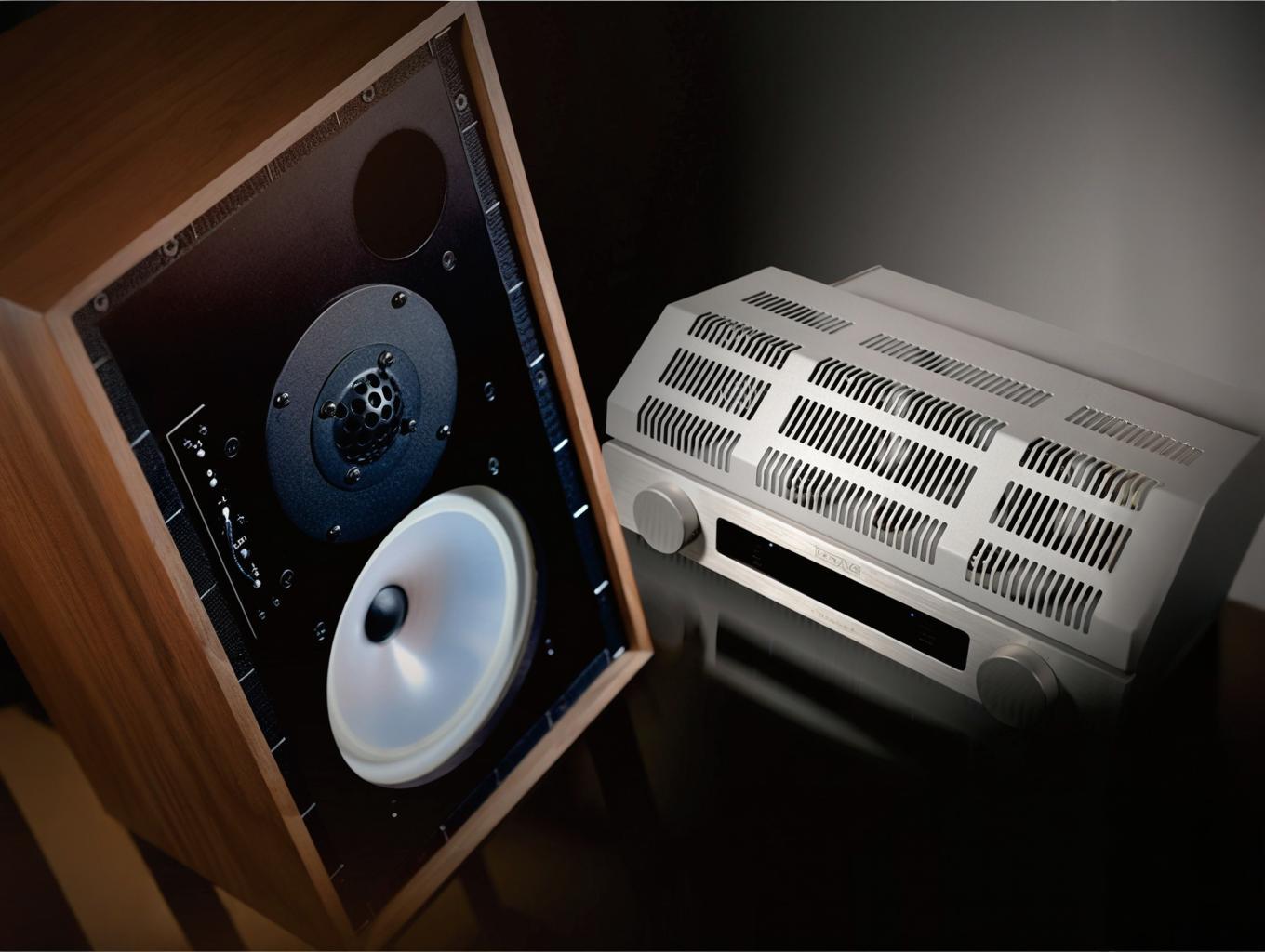
Heritage Meets Innovation: The Rogers LS5/9 Classic & OCTAVE V70 Class A
Rogers was founded in 1947 by Jim Rogers in London's Hampstead district. In its early years, the company specialized in marine communication equipment and Williams mono tube amplifiers. Following a move to Woolwich in 1954, Rogers expanded its product line to include wall-mounted wafer speakers, medium wave tuners, and the Junior speaker series.
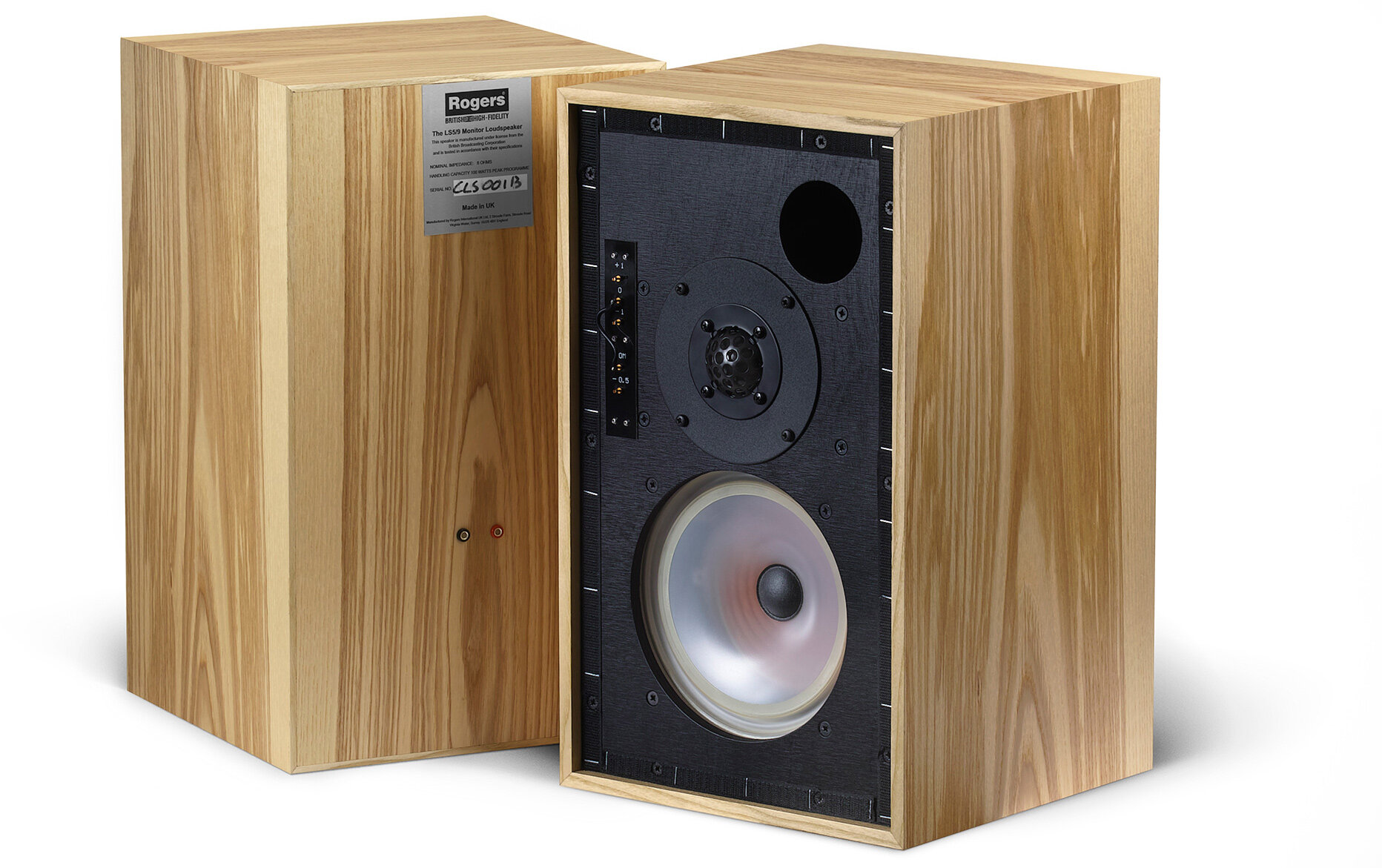
The 1960s marked a significant period of innovation for Rogers, with the introduction of the Stereo Cadet integrated amplifier, Ravensbourne stereo amplifier, and Ravensbrook stereo tuner. During this decade, Rogers also began a groundbreaking collaboration with the BBC Research and Development Department to develop new carbon fiber speaker technologies.
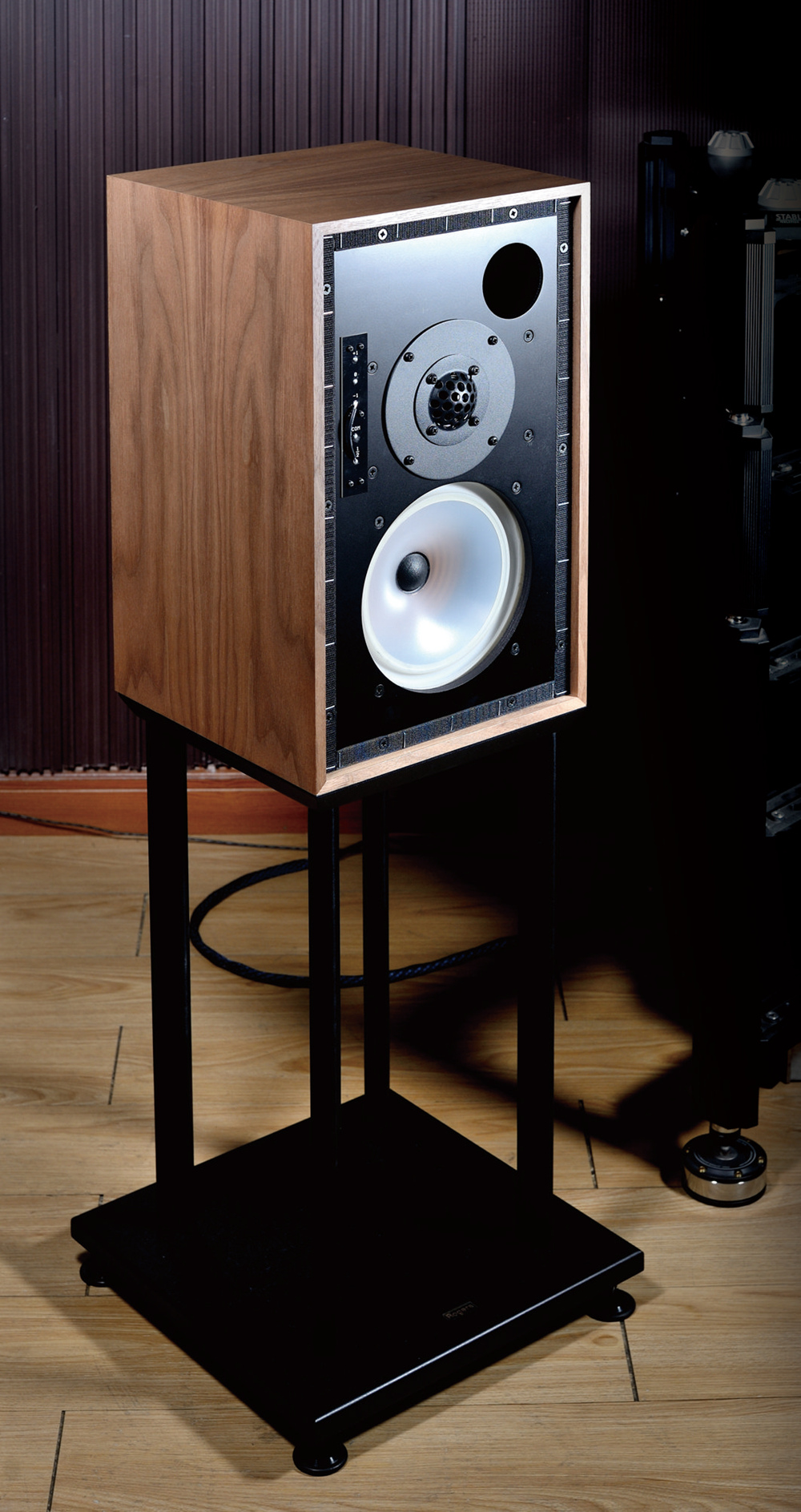
A defining moment came in 1969 when Rogers secured the manufacturing license for BBC monitoring speakers. Their first BBC studio monitor launched that year, establishing Rogers as one of BBC's long-term authorized manufacturers. In 1974, Rogers updated this design, and in 1975, they released the legendary LS3/5a speaker, which would become one of their most iconic products. The company further expanded its classic lineup with models like the LS55, featuring a two-way design with dual 6.5-inch mid-bass drivers that delivered exceptional sound quality.
The 1980s represented a golden era of rapid development for Rogers, during which they introduced several classic models including the LS5/9, Studio One, M110S II, LS5, LS1, and LS7. With over seven decades of heritage, Rogers has maintained an unwavering commitment to quality and innovation, consistently delivering outstanding acoustic experiences to music enthusiasts worldwide.
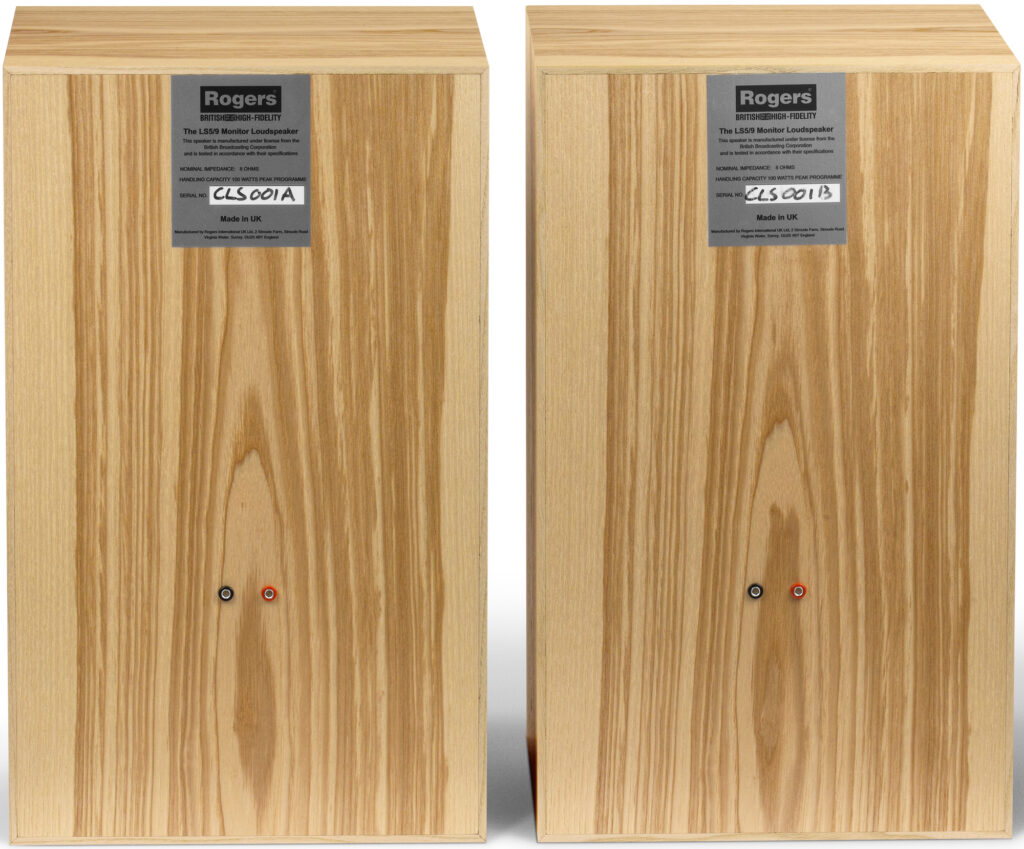
Today, Rogers maintains a carefully curated product line featuring the LS5/9 Classic and LS3/5A Classic, along with their premium SE (Special Edition) variants. The lineup is complemented by the E20A/II tube amplifier, the AB3a active subwoofer specifically designed for the LS3/5A, and two speaker stands.
The LS5/9, developed by the BBC speaker research department following the success of the LS3/5a, represents another milestone in Rogers' history. Production began around 1983 under Rogers' license, and it stands as one of the BBC's finest achievements in speaker design. At the time, it commanded a price four times that of the LS3/5a, appreciated mainly by discerning audiophiles who recognized its exceptional qualities. The LS5/9 excels in reproducing both popular and classical music, delivering the spacious soundstage typically associated with larger floor-standing speakers. Its remarkably natural midrange and treble reproduction surpasses many high-end speakers, securing its position as a classic in the hearts of audio enthusiasts.
The Rogers LS5/9 Classic speakers showcase exceptional craftsmanship in every detail. The cabinet is constructed from 9mm birch plywood, with all joints reinforced with hardwood and secured with beech wood bracing. To minimize unwanted resonance, the cabinet walls are damped with bituminous panels. The exterior features real wood veneer, meticulously hand-matched by senior craftsmen, resulting in both exquisite workmanship and aesthetic appeal. These speakers are available in three distinctive finishes: walnut, rosewood, and olive wood. The elegant black woven Tygan grille cloth adds a refined touch to these otherwise understated speakers.
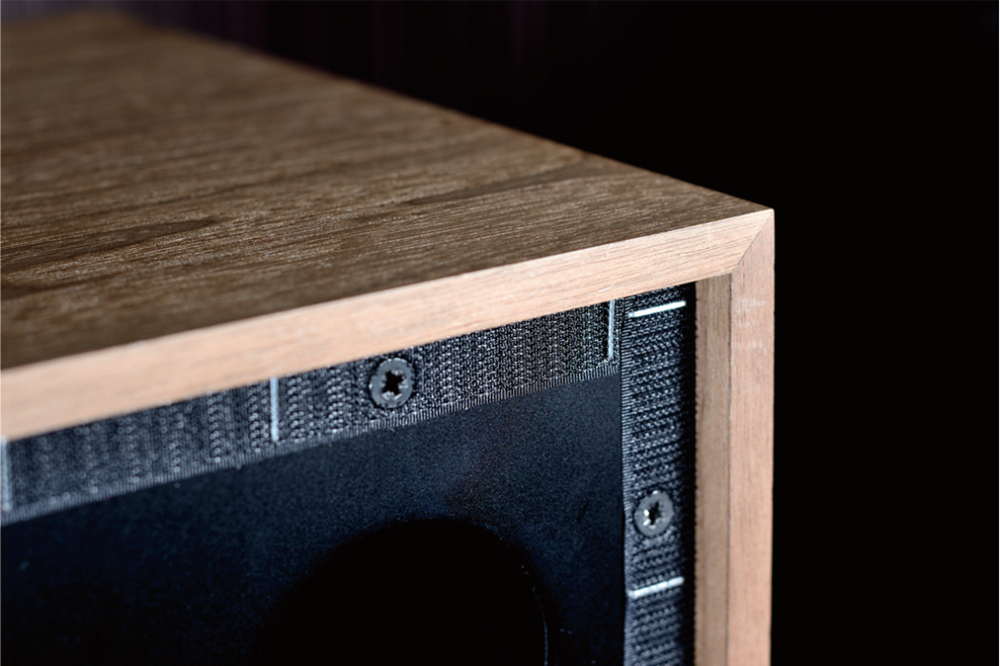
Turning to the driver configuration, the LS5/9 Classic features the latest version of the 34mm Audax HD34 soft dome tweeter. Rogers has enhanced this tweeter with a diffusion protection plate to ensure precise sound reproduction. The bass driver employs a 210mm polypropylene cone with a high-temperature voice coil design, capable of handling high-power, high-pressure musical passages with ease. True to the original BBC specifications, Rogers has maintained fidelity to the original driver materials, ensuring that listeners experience the authentic BBC sound signature that made these speakers legendary.
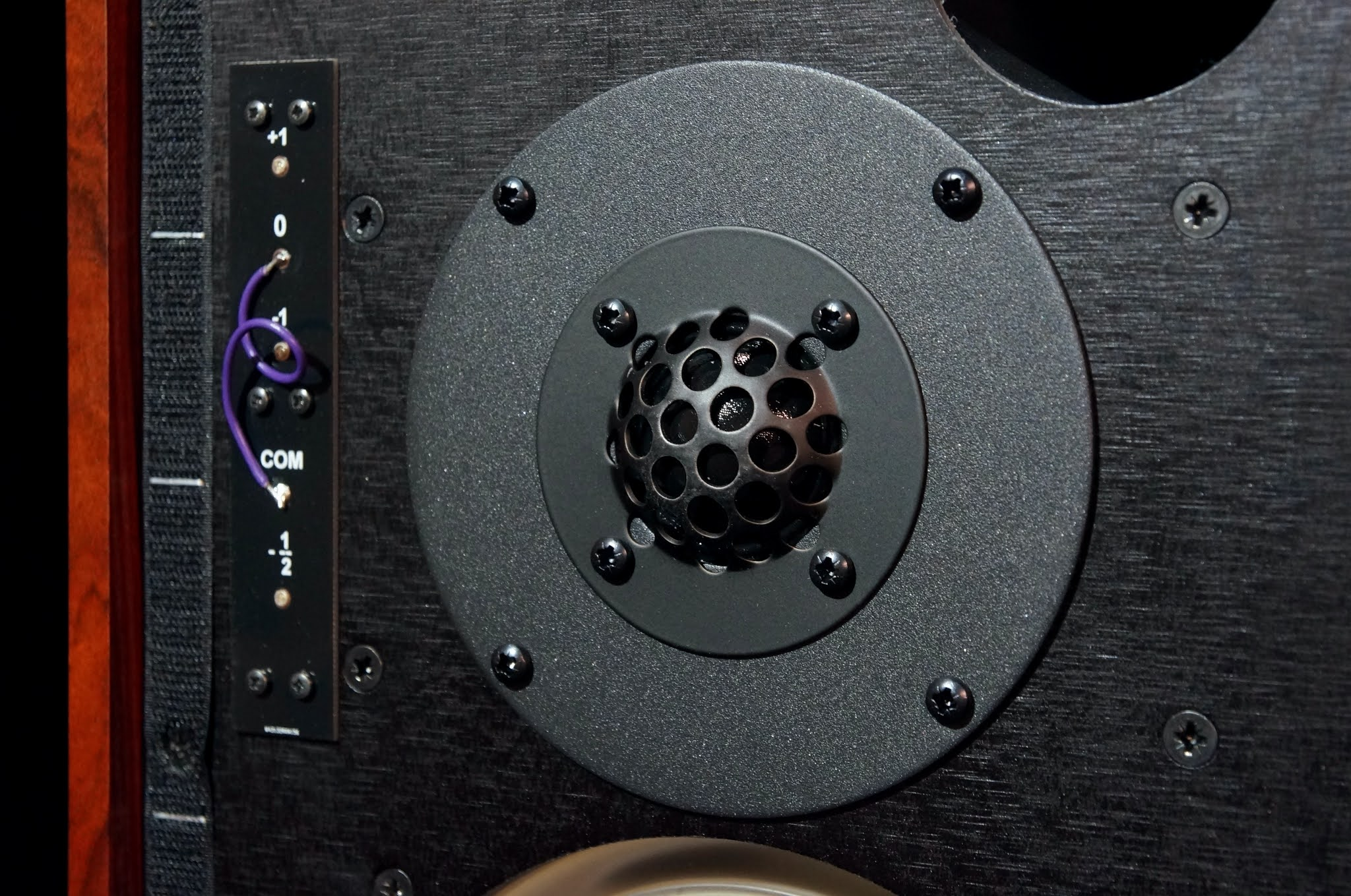 | 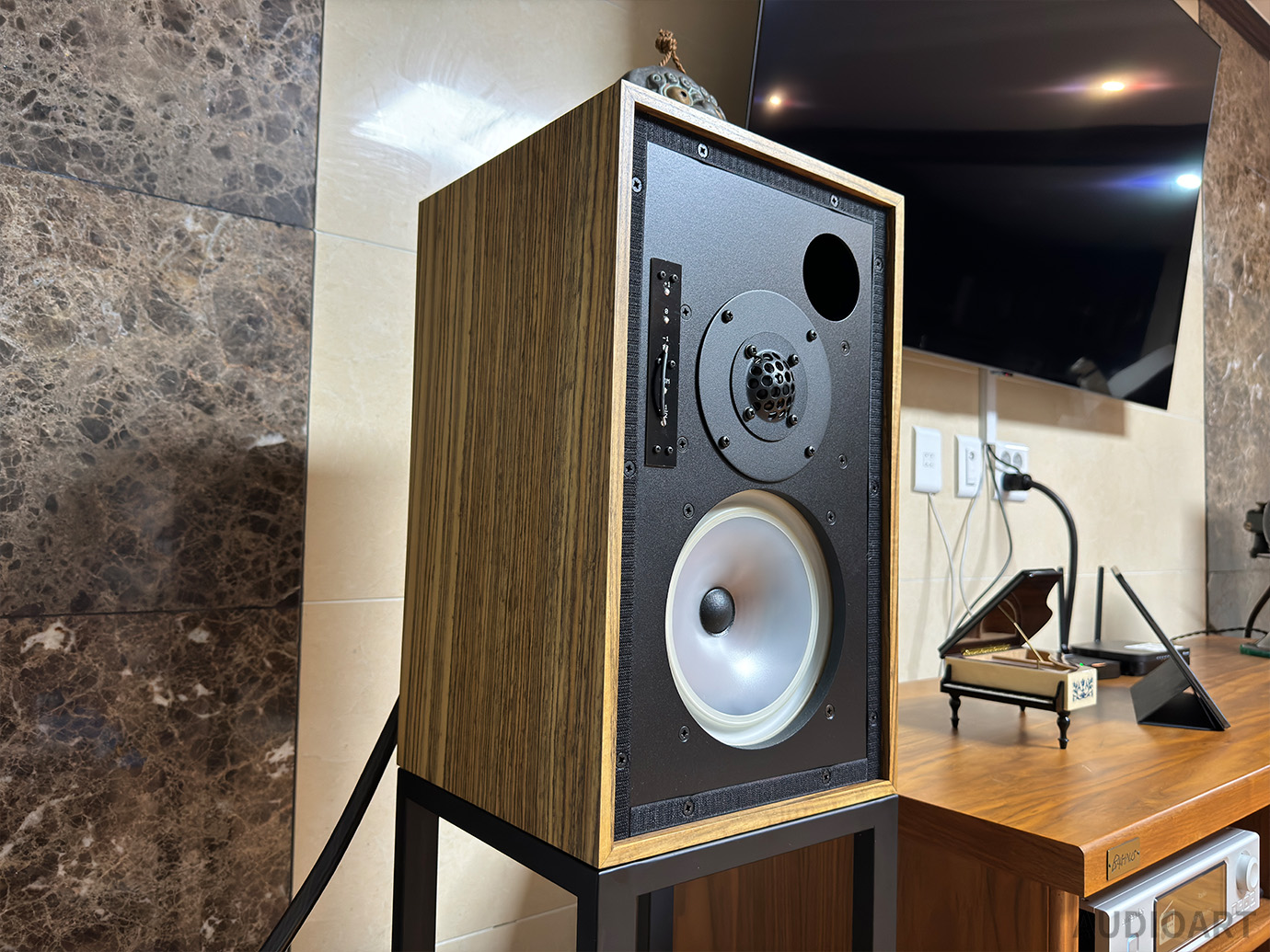 |
The crossover network adheres strictly to the original BBC design specifications. It features a single-layer, one-ounce copper trace fiberglass PCB and employs high-power capacitors, resistors, and inductors. This third-order crossover operates at 3kHz with an 18dB per octave slope. The front panel retains the high-frequency level adjustment circuit, which can be configured via resistor jumpers on the front panel. This allows users to fine-tune the speakers according to their listening environment, ensuring optimal performance in any setting.

For this audition, we paired the system with the OCTAVE V70 Class A, a pure Class A tube integrated amplifier from Germany. OCTAVE stands as a testament to audio manufacturing excellence, with roots stretching back to 1968. The company's story began when Herr Hofmann established Herr Hofmann Seniors in the quaint town of Karlsbad-Lettersbach, nestled near Germany's Black Forest. Initially, the company specialized in developing and manufacturing premium-quality coils and transformers, supplying these critical components to other vacuum tube manufacturers.
The legacy continued when Herr Hofmann's son, Mr. Andreas Hofmann, took the helm. While maintaining the core electronic components business, Andreas's passion for vacuum tube technology led him down a new path. His deep dive into vacuum tube manufacturing technology revealed significant room for improvement in several critical areas: circuit design, bandwidth, stability, and tonal qualities. This realization sparked his determination to develop vacuum tube audio equipment that would meet his exacting standards.
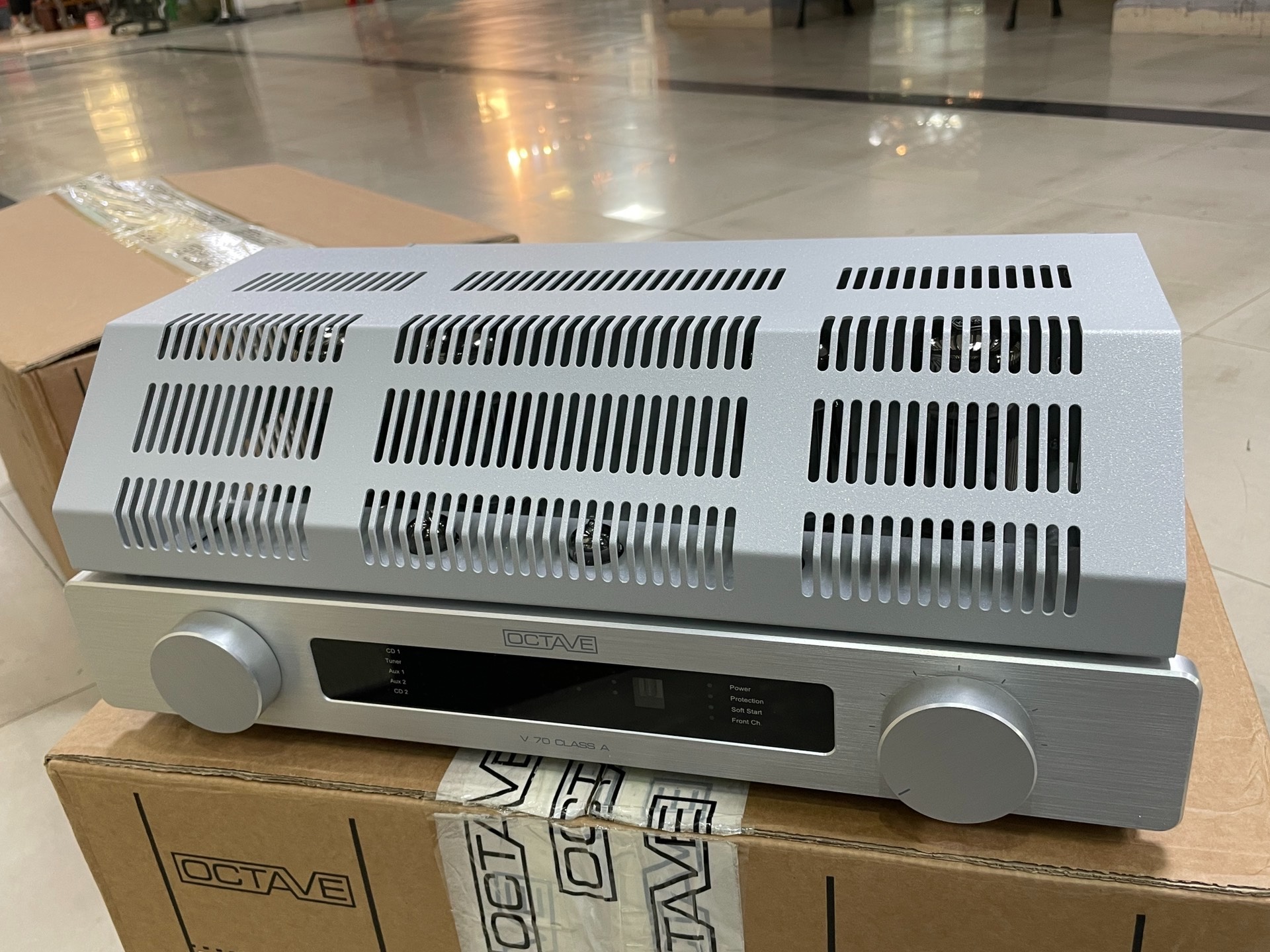
After years of research and development, Andreas Hofmann introduced OCTAVE's inaugural product in 1986 - the HP500 preamplifier. This debut offering garnered exceptional acclaim from both industry experts and the marketplace, establishing a solid foundation for OCTAVE's future development. Following the HP500's success, OCTAVE steadily expanded its portfolio to include a comprehensive range of audio equipment: preamplifiers, power amplifiers, integrated amplifiers, and phono stages. Each product embodied OCTAVE's unwavering commitment to sonic excellence and manufacturing precision. Through continuous development and technological innovation, OCTAVE has earned its place among the most respected names in vacuum tube audio equipment.
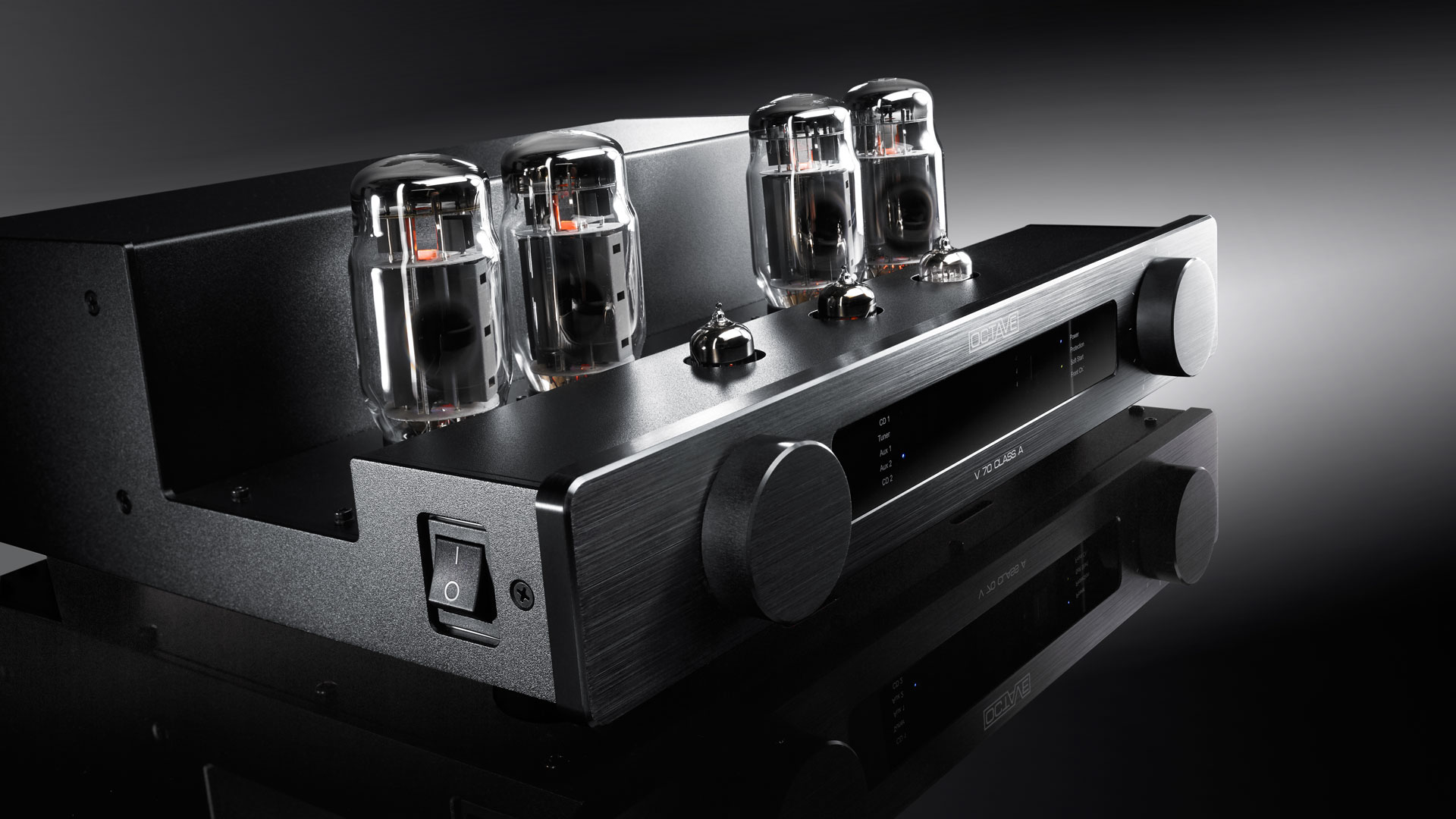
The V70 Class A employs one ECC83 and two ECC81 tubes for the driver stage, complemented by a pair of KT120 output tubes. Operating in pure Class A mode, this amplifier effectively eliminates crossover distortion, delivering near-perfect sonic characteristics. OCTAVE's innovative Dynamic Bias Control circuit design enables the V70 Class A to adjust bias dynamically, ensuring the tubes maintain consistent Class A operation while achieving twice the output power of conventional circuits. The amplifier features an auto-bias adjustment system, eliminating the need for manual bias adjustments. For user convenience, the front panel incorporates color LED indicators, allowing easy monitoring of both bias settings and tube operational status.
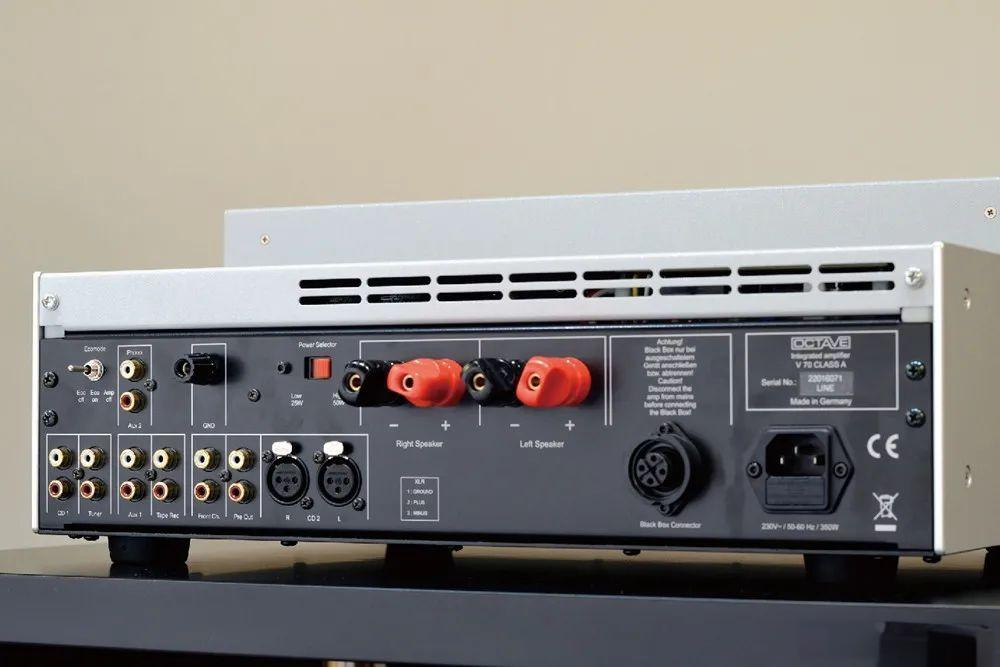
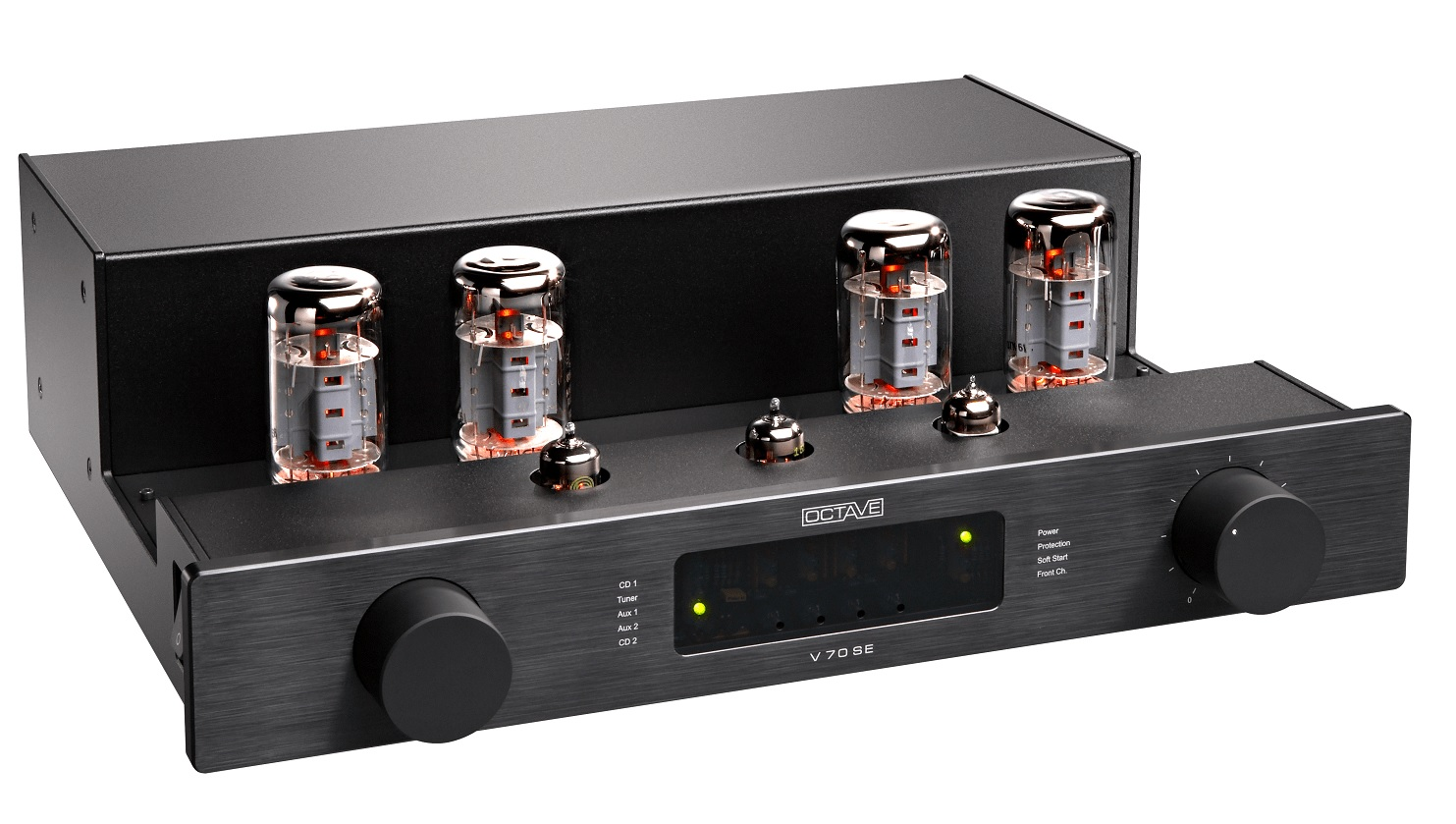
The V70 Class A offers both Power High and Low output modes, providing flexibility to accommodate different power tubes (such as KT88 or KT150) based on specific requirements. This adaptability allows the amplifier to excel in various listening environments. OCTAVE has also built in considerable upgrade potential: users can integrate dedicated MM or MC phono modules for turntable connectivity, and choose between two power supply enhancement options - the Black Box and Super Black Box - to further elevate performance.
In its standard configuration with KT120 tubes, the V70 Class A delivers 50W into 4Ω. When enhanced with the Super Black Box, power output increases substantially to 70W into 4Ω, satisfying listeners who require higher power capabilities.
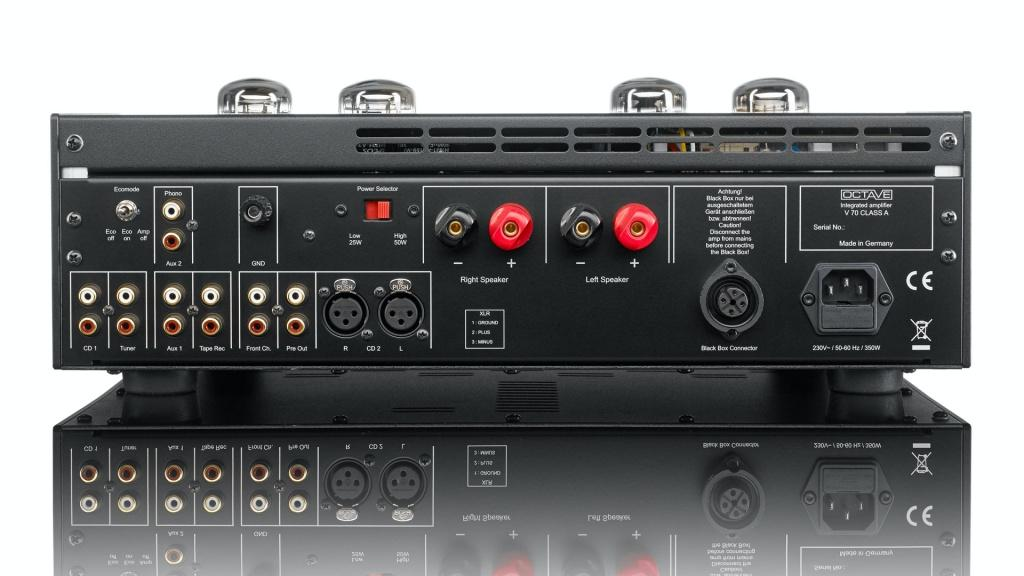
For this listening session, we utilized the YBA CD430 MKII as our source component, feeding into the Rogers LS5/9 Classic speakers through OCTAVE's V70 Class A amplifier. Our initial evaluation began with "Tricycle" from DMP Records. Through this system, the bass reproduction exhibited a compelling punch, with the LS5/9 Classic delivering bass with remarkable fullness and weight.
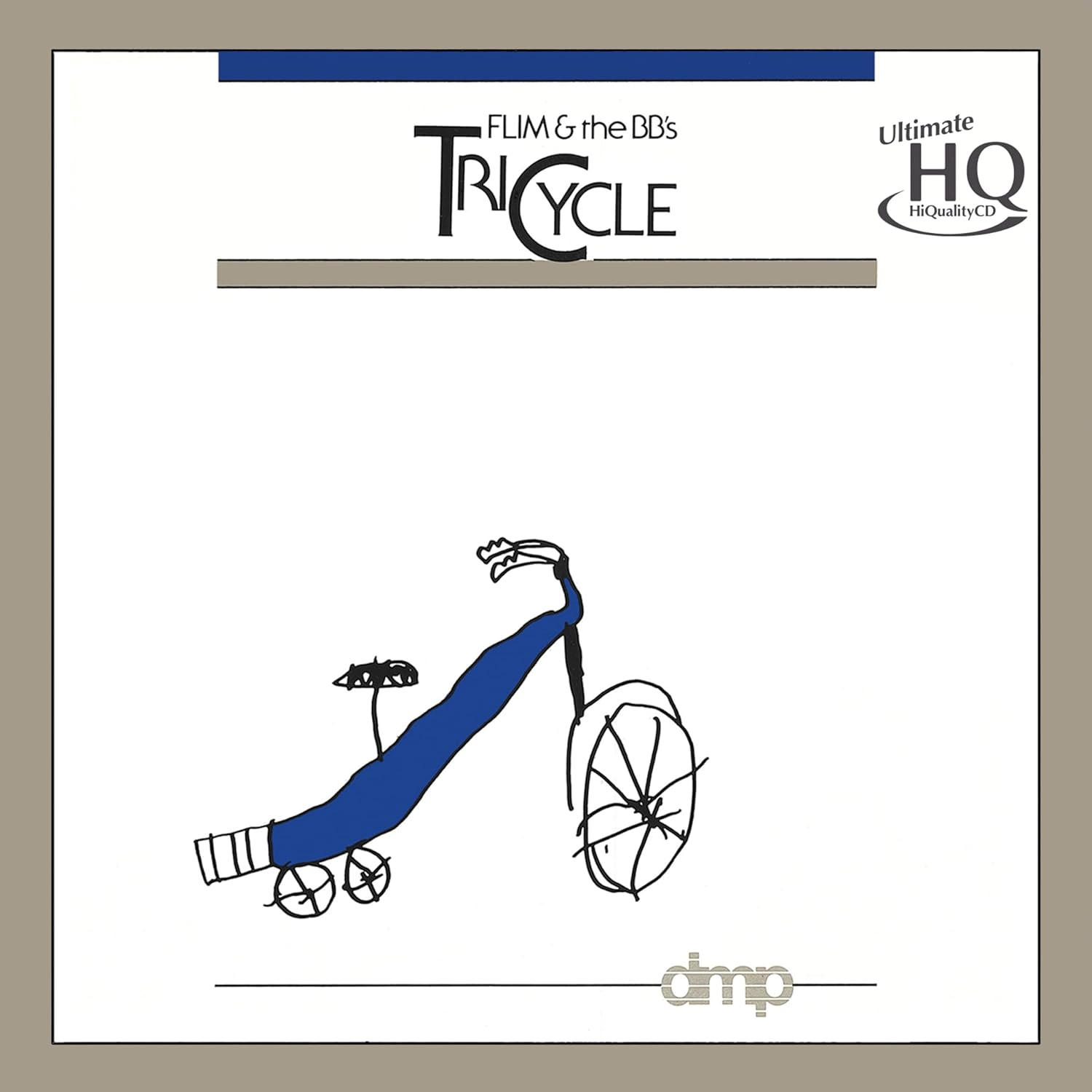
While previous experiences with the OCTAVE V70 Class A had revealed its characteristics of robust power delivery and quick transient response, its pairing with the Rogers LS5/9 Classic speakers yielded a surprisingly different presentation. Instead of maintaining that muscular character, the combination produced a remarkably relaxed and refined sonic signature. For listeners seeking a generous, unfettered bass response, the LS5/9 Classic demonstrates particular excellence in this regard.
Moving on to our listening session with Accardo's "Diabolus in Musica" the compilation presents an interesting challenge for audio reproduction. Through the Rogers LS5/9 Classic speakers paired with the OCTAVE V70 Class A amplifier, the varying recording conditions and techniques across different tracks become notably apparent, yet the system handles these differences with remarkable sophistication rather than the clinical precision typical of studio monitors.
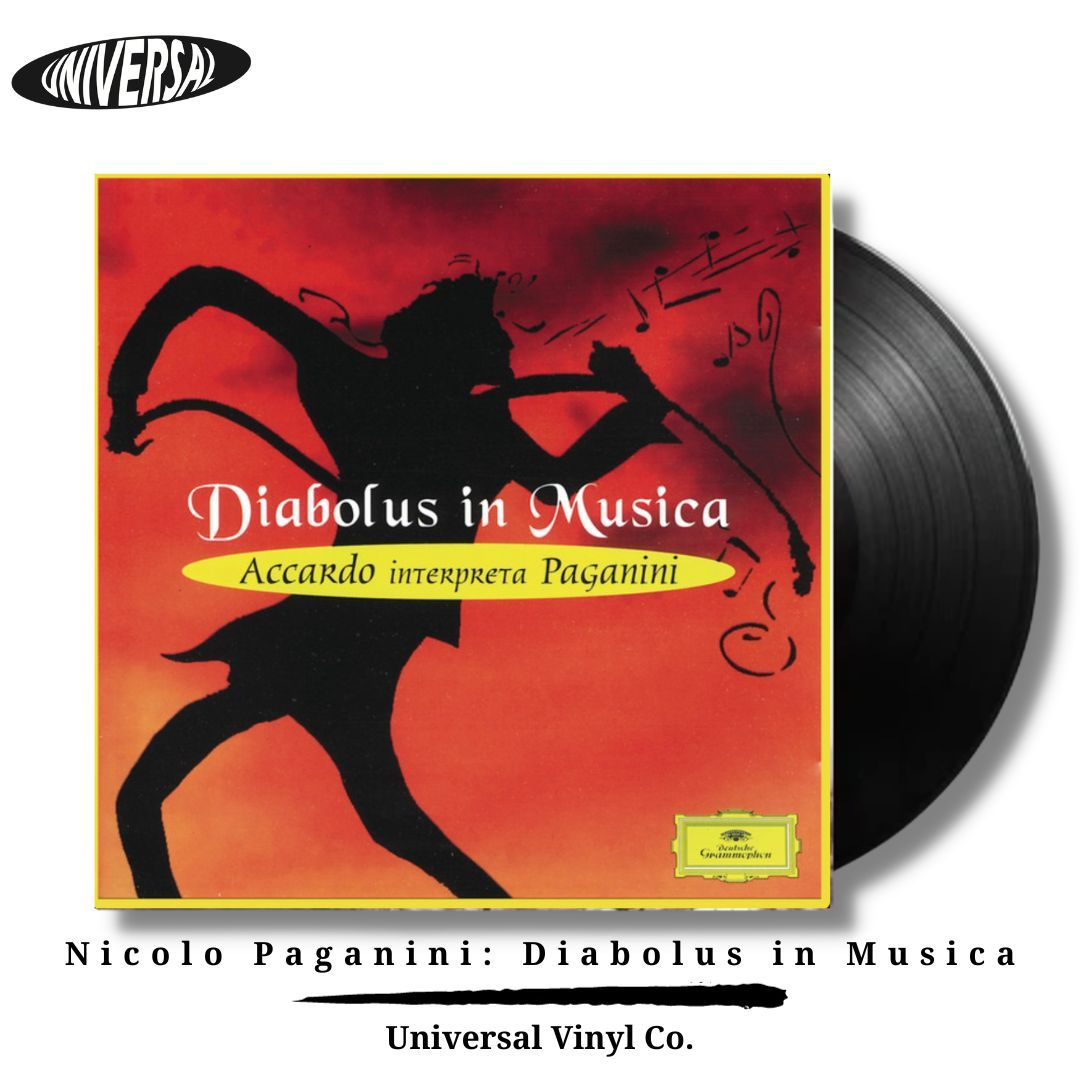
The third movement of Paganini's Violin Concerto No. 2 particularly showcases the system's capabilities. While this is technically a concerto, the violin naturally takes center stage. The Rogers-OCTAVE combination delivers the high-position violin passages with exceptional delicacy while maintaining a subtle resilience in the tone. The articulation is simply mesmerizing. The pizzicato passages exhibit a crisp, taut quality that conveys remarkable authenticity.
In the fifth piece from the 24 Caprices, we encounter Paganini's characteristic technical prowess and wild temperament. The system reproduces this with elegant flair, presenting a brilliant and luxurious sound while maintaining a pleasant sweetness. Even during lightning-fast passages, the harmonic content of double-stopped notes comes through with striking clarity. It's no surprise that the BBC chose these speakers for monitoring purposes - the Rogers LS5/9 Classic reveals subtle nuances in recordings while remaining eminently listenable. This quality makes them equally suitable for audiophiles seeking premium playback quality in their home environments.
For our final evaluation of the Rogers LS5/9 Classic's low-frequency capabilities, we turned to Reference Recordings' "TUTTI!" featuring Stravinsky's "The Firebird." The OCTAVE V70 Class A amplifier's exceptional control allows the Rogers LS5/9 Classic to deliver low frequencies with remarkable agility and clarity.
In the dramatic flight scene of "The Firebird," the system proves its mettle from the very first orchestral crescendo. The subsequent intensive timpani passages, depicting the firebird's gathering energy, demonstrate the LS5/9 Classic's ability to maintain commanding presence. The speakers handle the intricate, rapid-fire timpani sequences with precise articulation, never allowing the details to blur.
When the brass section enters, elevating the musical tension, the LS5/9 Classic truly shines. The high frequencies possess a brilliant crispness with a touch of sweetness, while the dense midrange endows the brass instruments with substantial weight and authority. The lower registers, from mid-bass to deep bass, exhibit exceptional precision with fast, clean articulation devoid of any muddiness.
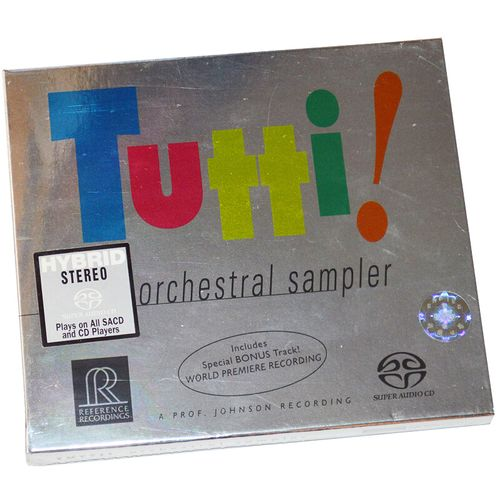
The OCTAVE V70 Class A proves to be an ideal match, providing the control and refinement necessary to showcase the LS5/9 Classic's capabilities across the entire frequency spectrum. This combination delivers a presentation that maintains both technical excellence and musical engagement, particularly impressive given the challenging dynamic range of "The Firebird."
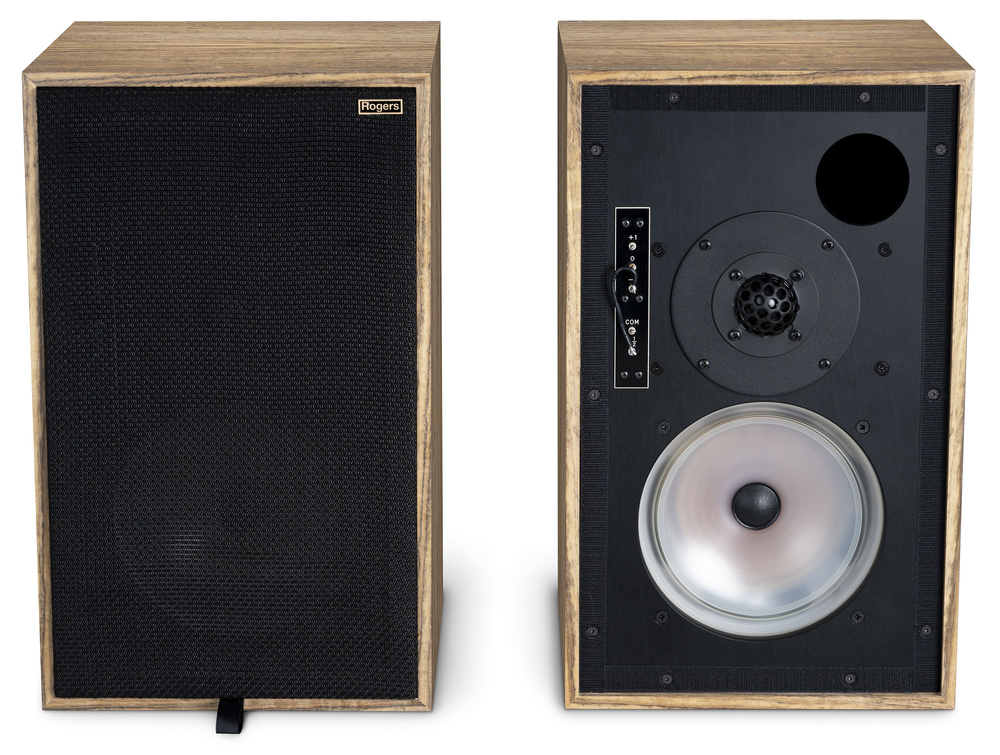
The Rogers LS5/9 stands as a testament to the golden era of BBC monitor design, embodying precision engineering and acoustic excellence that continues to captivate audiophiles worldwide. In its latest incarnation, the Rogers LS5/9 Classic successfully marries traditional craftsmanship with contemporary materials and technology, resulting in a speaker system that remains extraordinarily relevant in today's high-end audio landscape.
This loudspeaker manages to strike an impressive balance between professional monitoring capabilities and musical enjoyment for home audio enthusiasts. The Classic version maintains the original's renowned accuracy while incorporating modern refinements that enhance its overall performance. Its elegant, vintage-inspired aesthetic complements its sonic capabilities, making it a distinguished addition to any listening environment.
For those seeking an exceptional amplifier pairing, the OCTAVE V70 Class A emerges as an ideal match. This combination creates a synergy that allows the LS5/9 Classic to perform at its fullest potential, delivering both analytical precision and musical engagement that sophisticated listeners demand.
Whether deployed in a professional recording environment or a dedicated home listening room, the Rogers LS5/9 Classic consistently delivers an exemplary musical experience. It represents a significant investment for the discerning audiophile, but one that rewards with a level of performance that justifies its position in the upper echelon of contemporary loudspeaker design. The partnership with the OCTAVE V70 Class A amplifier further elevates this already impressive speaker system, creating a reference-quality playback chain that will satisfy even the most demanding music enthusiasts.



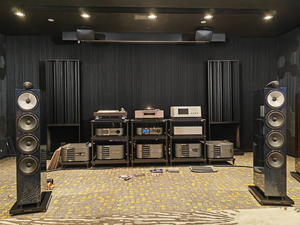
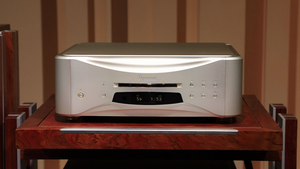
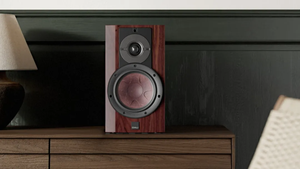
Comments